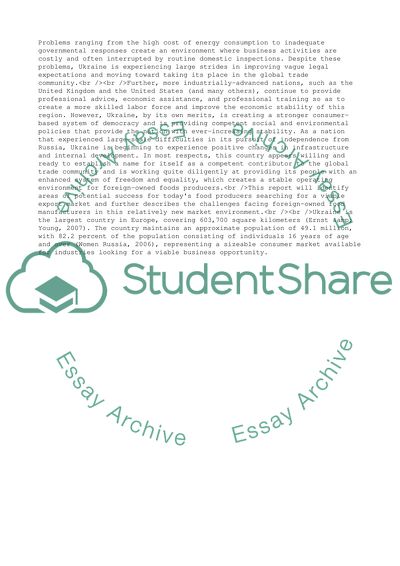Cite this document
(Ukraine Business Environment: Assessment of Market Potential for Case Study, n.d.)
Ukraine Business Environment: Assessment of Market Potential for Case Study. https://studentshare.org/business/1709114-contemporary-development-of-management
Ukraine Business Environment: Assessment of Market Potential for Case Study. https://studentshare.org/business/1709114-contemporary-development-of-management
(Ukraine Business Environment: Assessment of Market Potential for Case Study)
Ukraine Business Environment: Assessment of Market Potential for Case Study. https://studentshare.org/business/1709114-contemporary-development-of-management.
Ukraine Business Environment: Assessment of Market Potential for Case Study. https://studentshare.org/business/1709114-contemporary-development-of-management.
“Ukraine Business Environment: Assessment of Market Potential for Case Study”. https://studentshare.org/business/1709114-contemporary-development-of-management.


